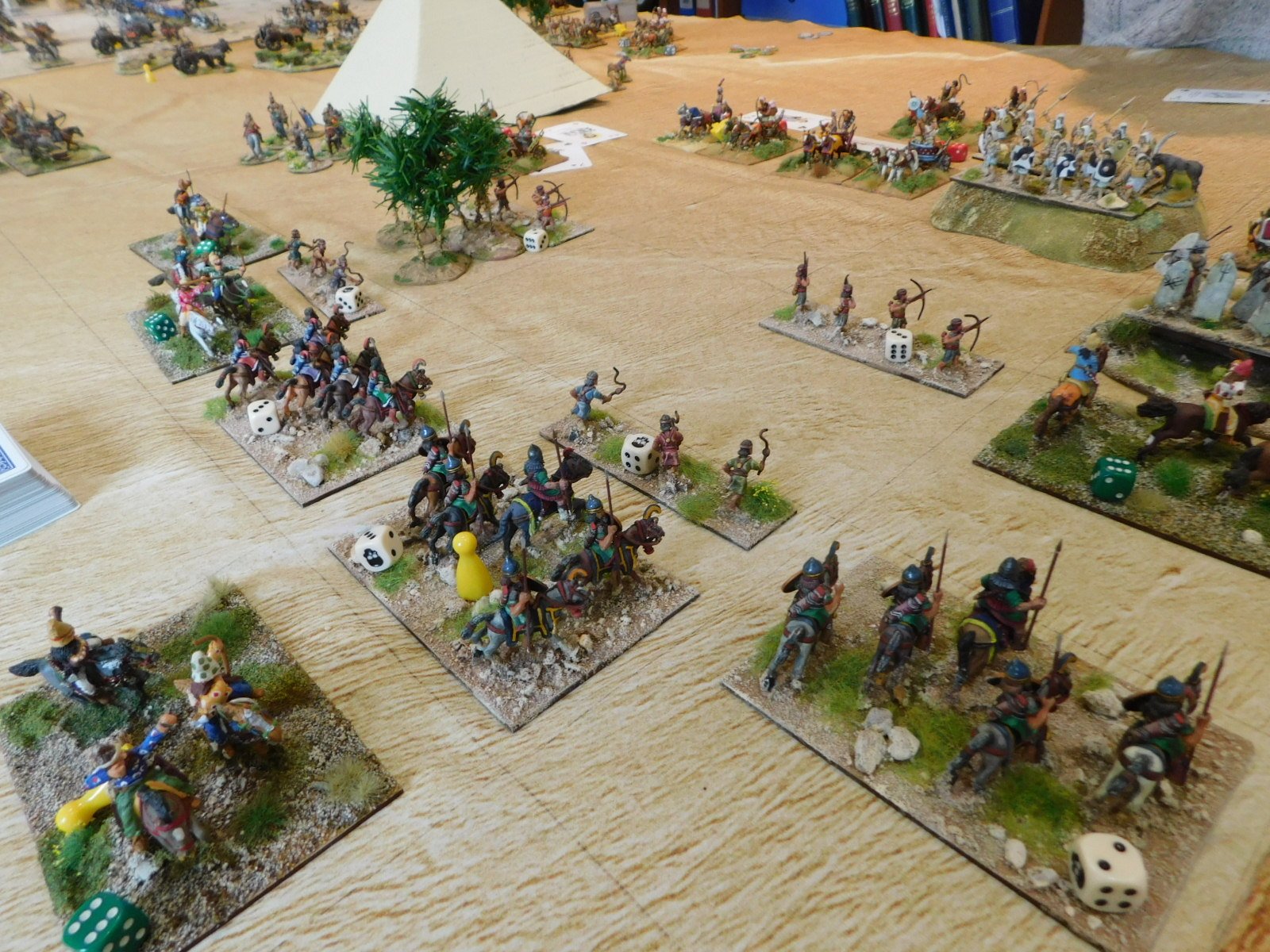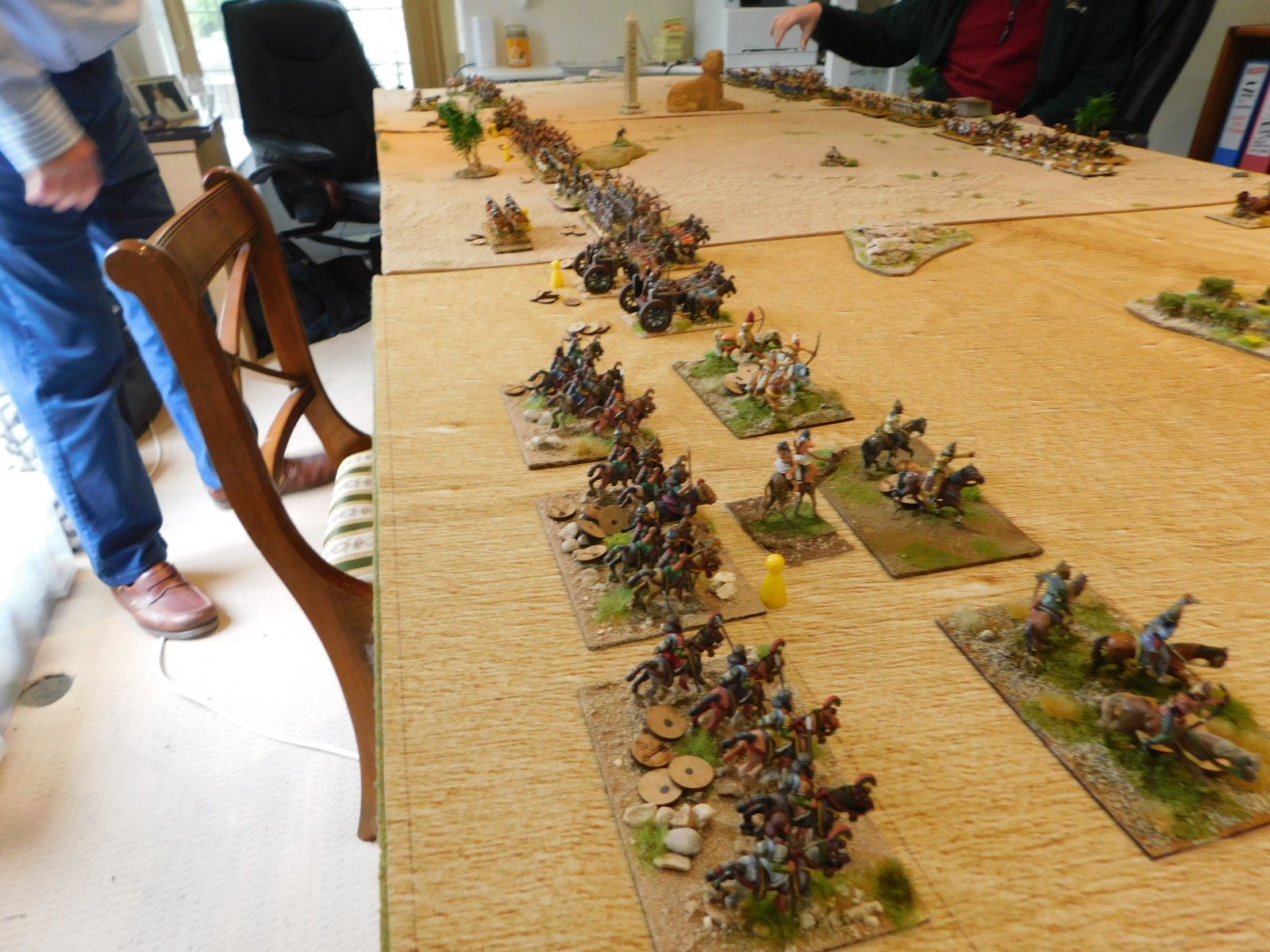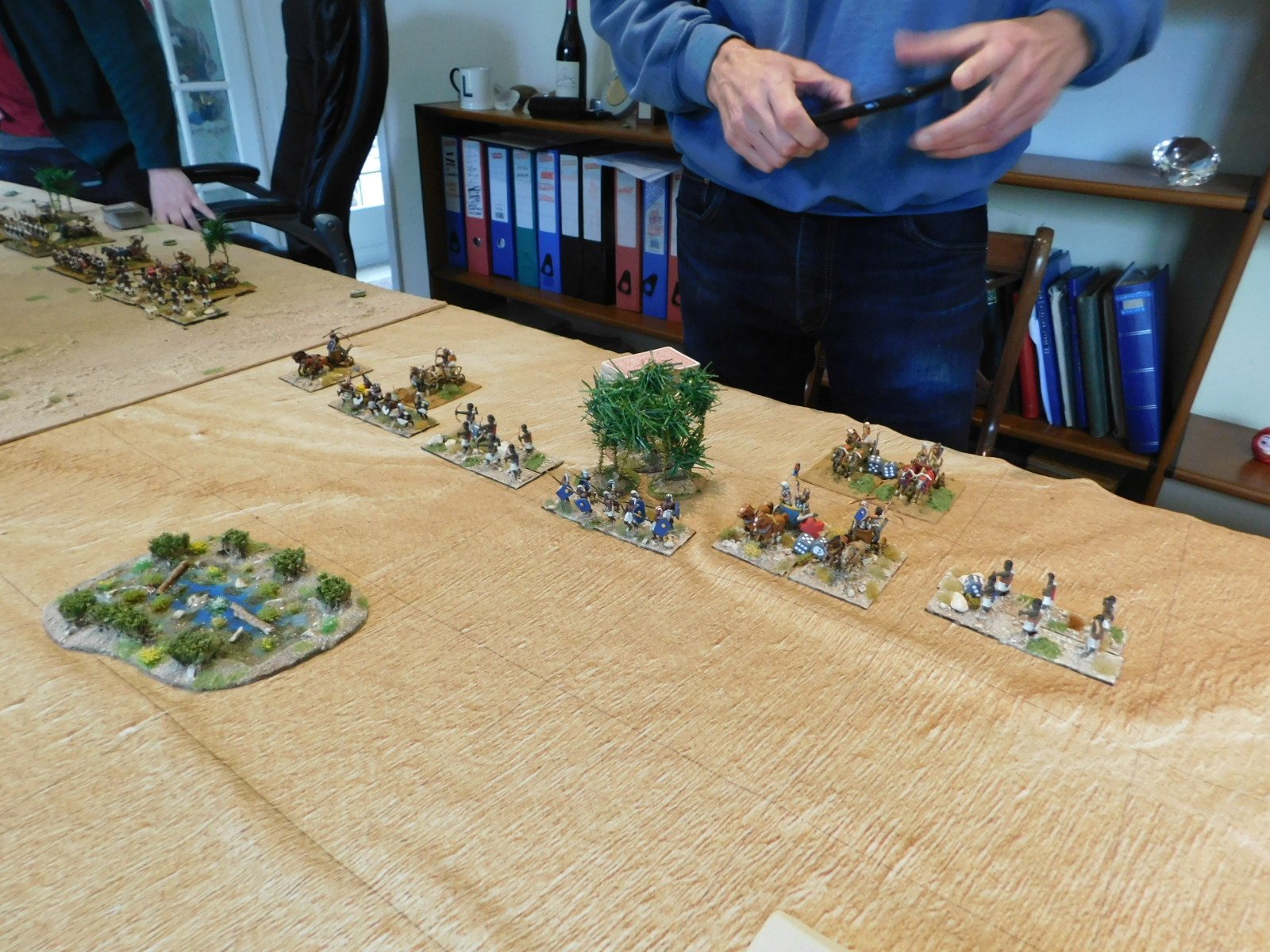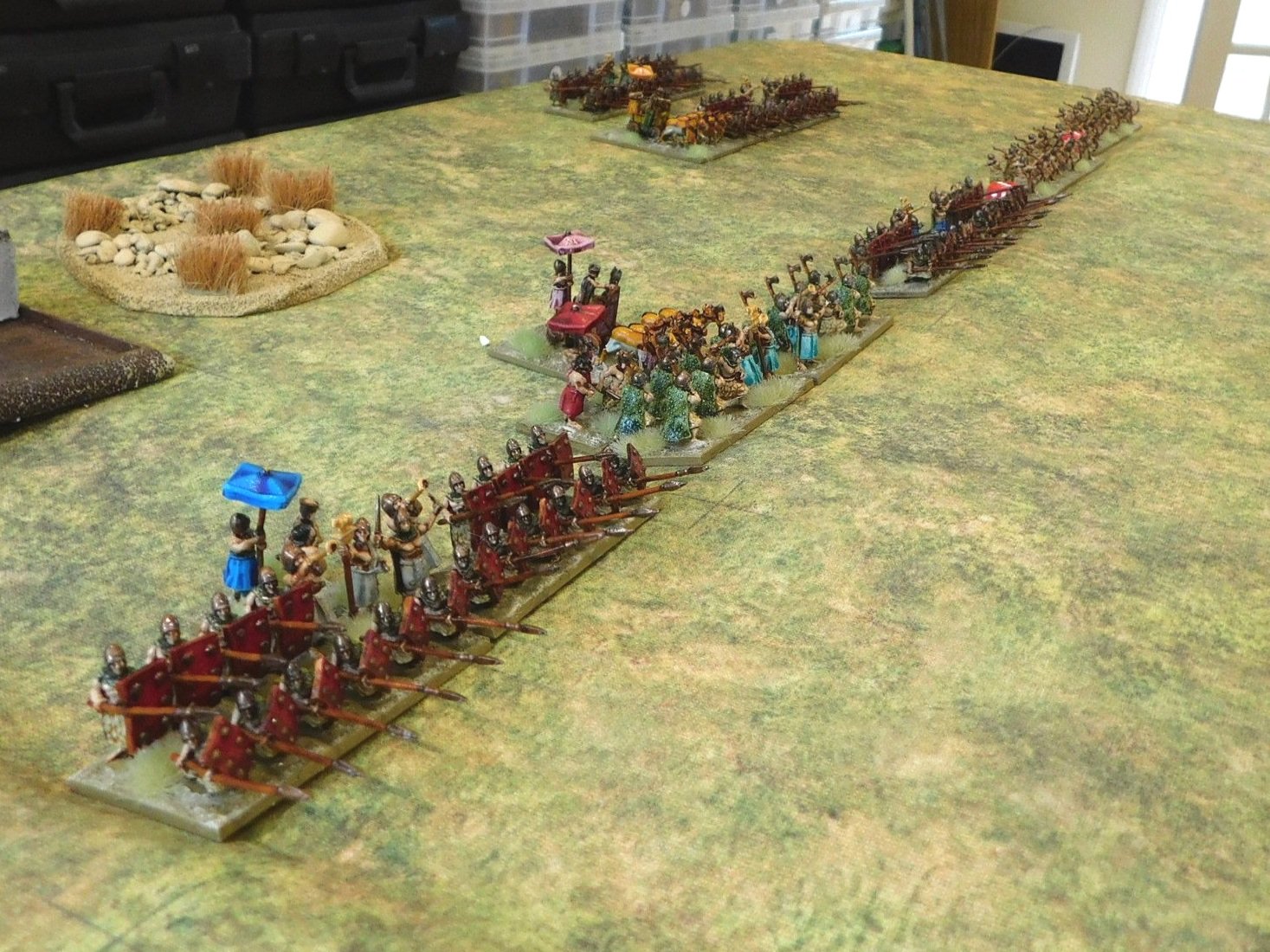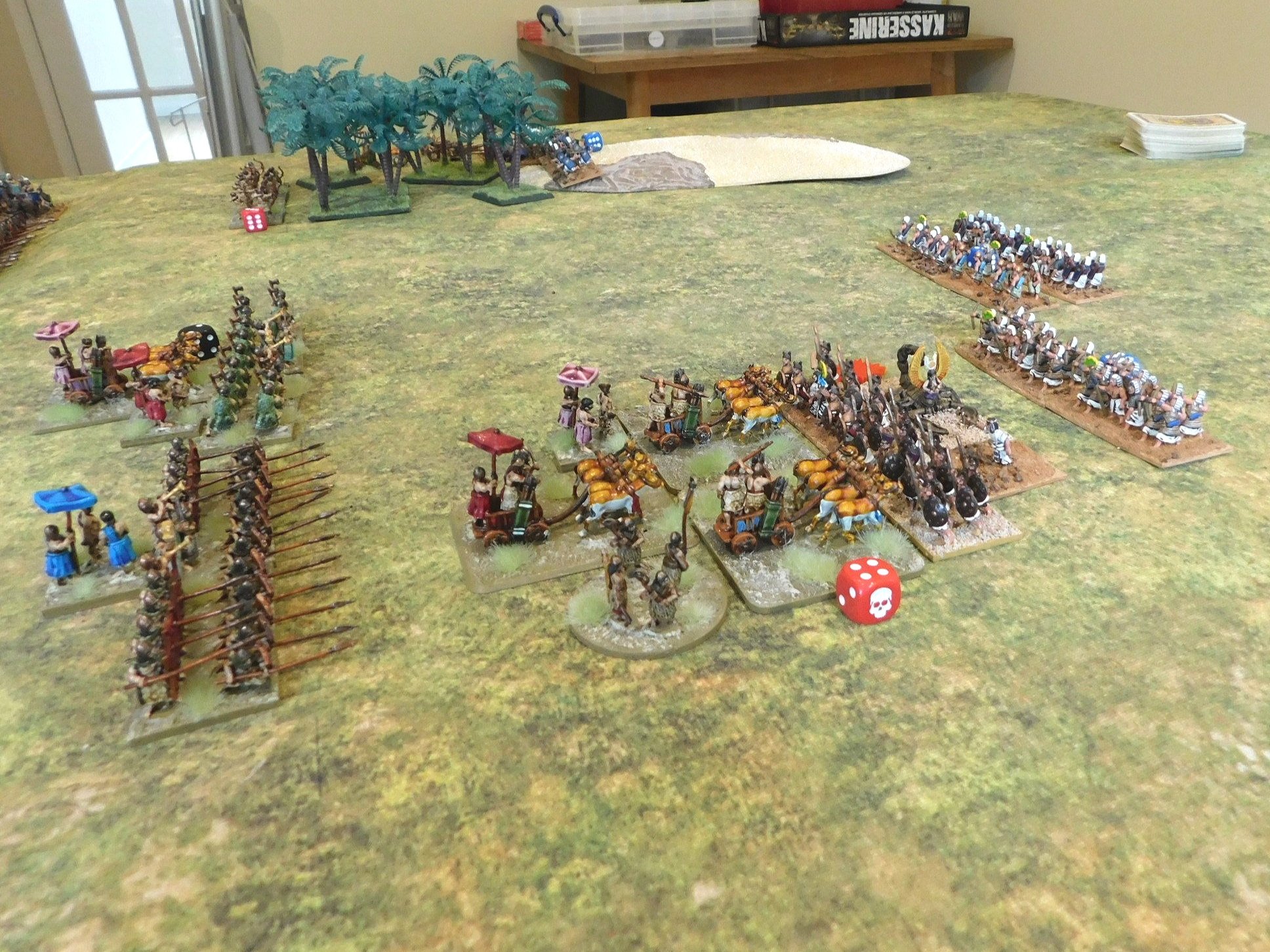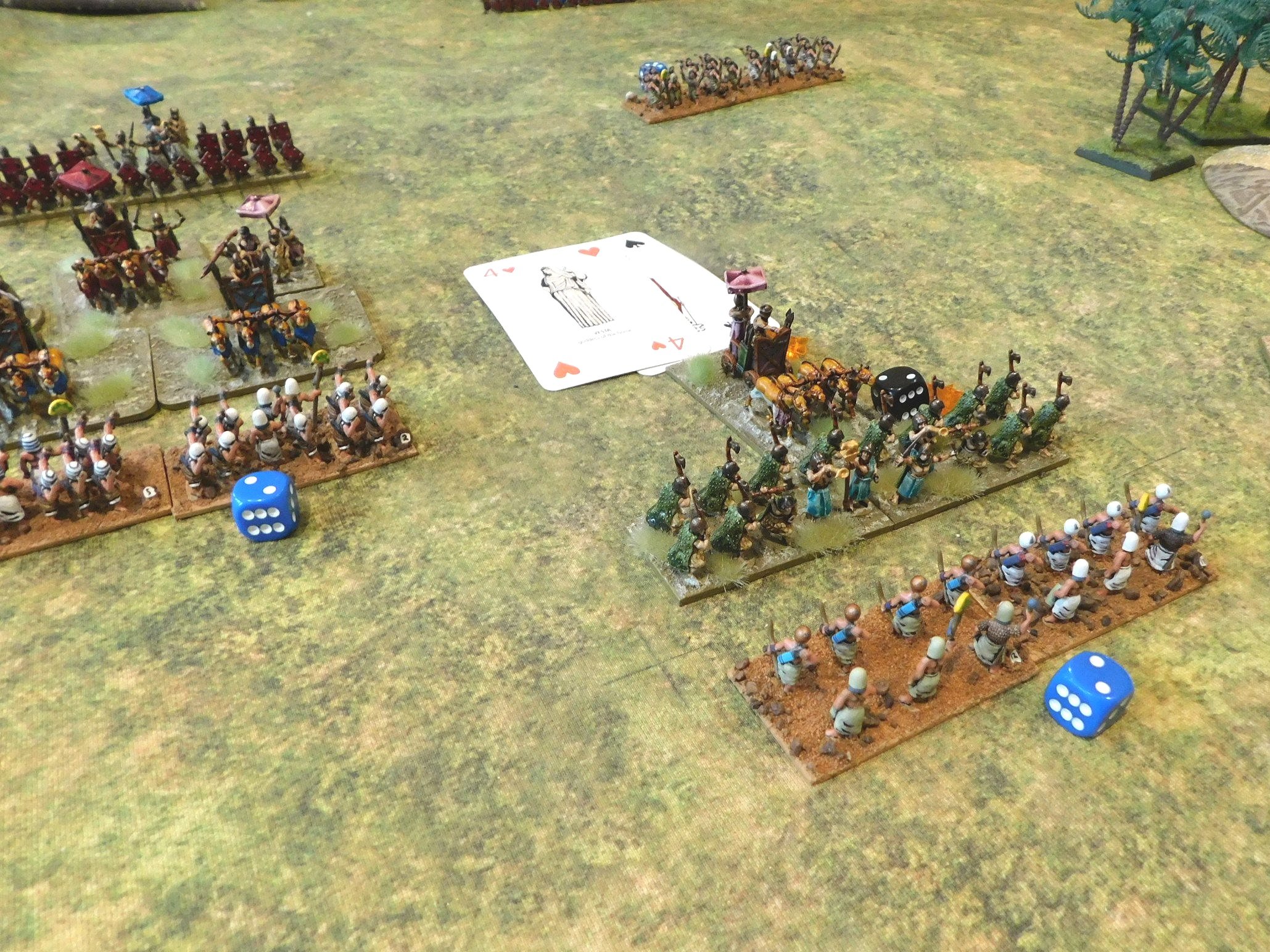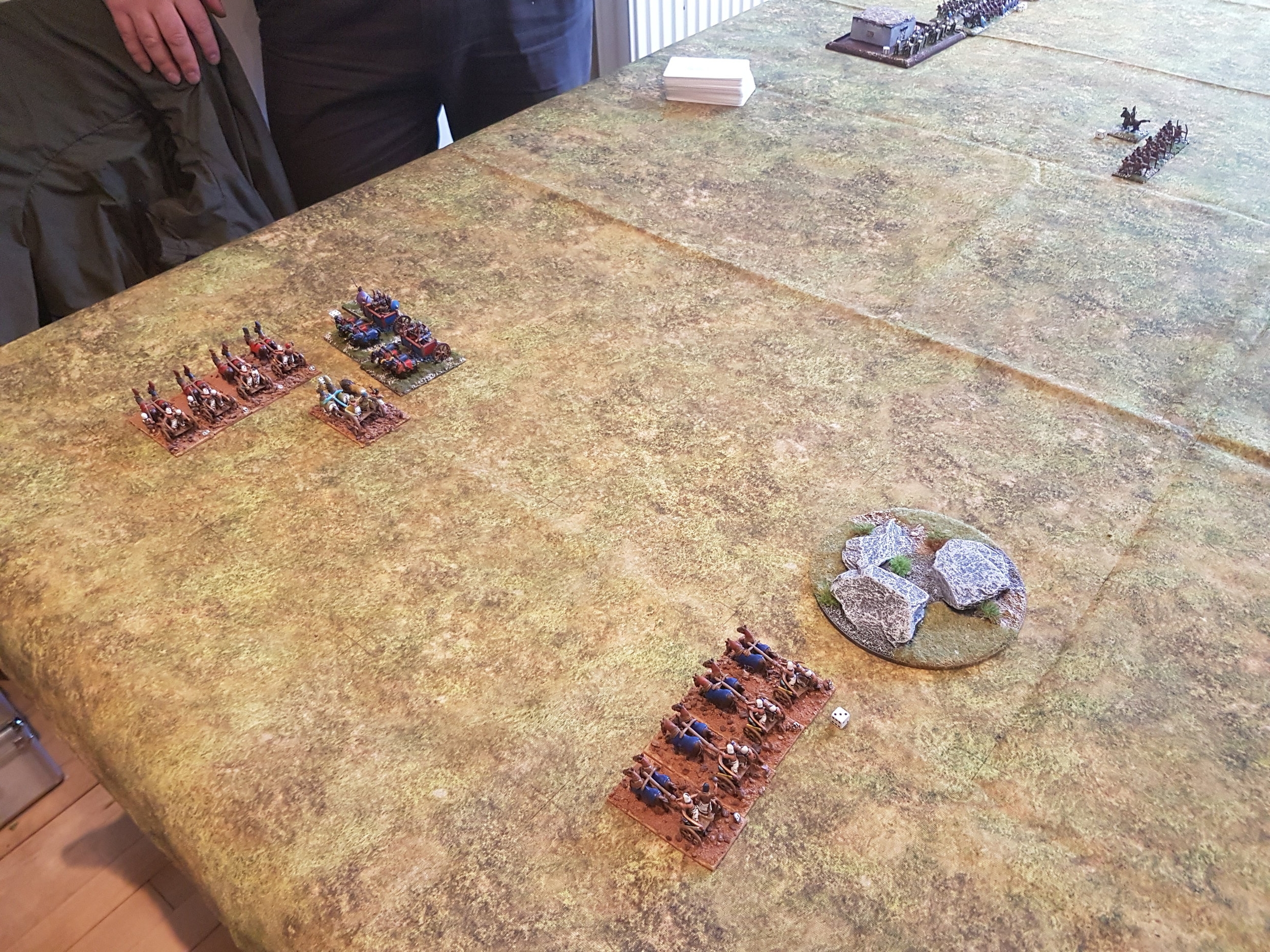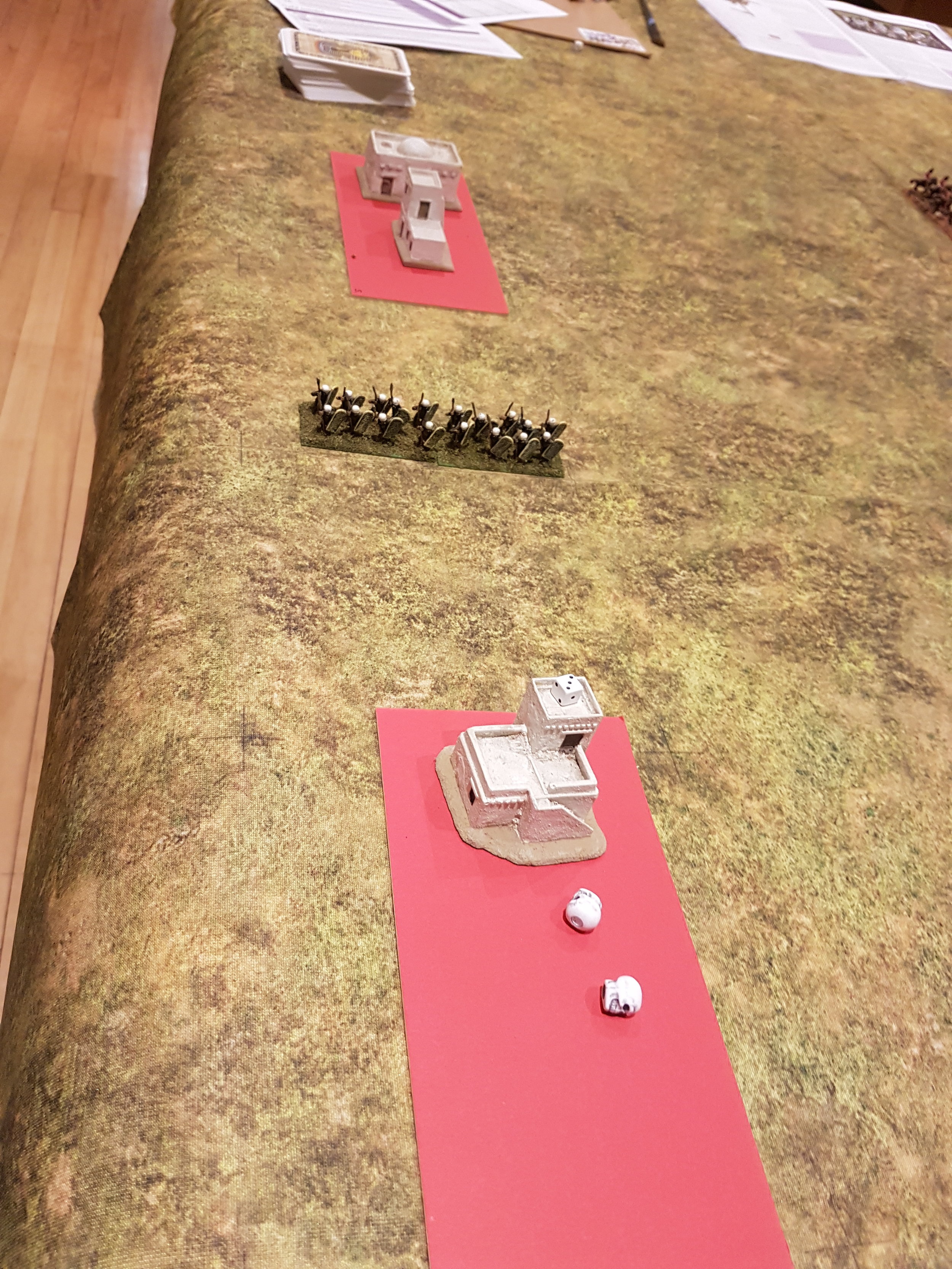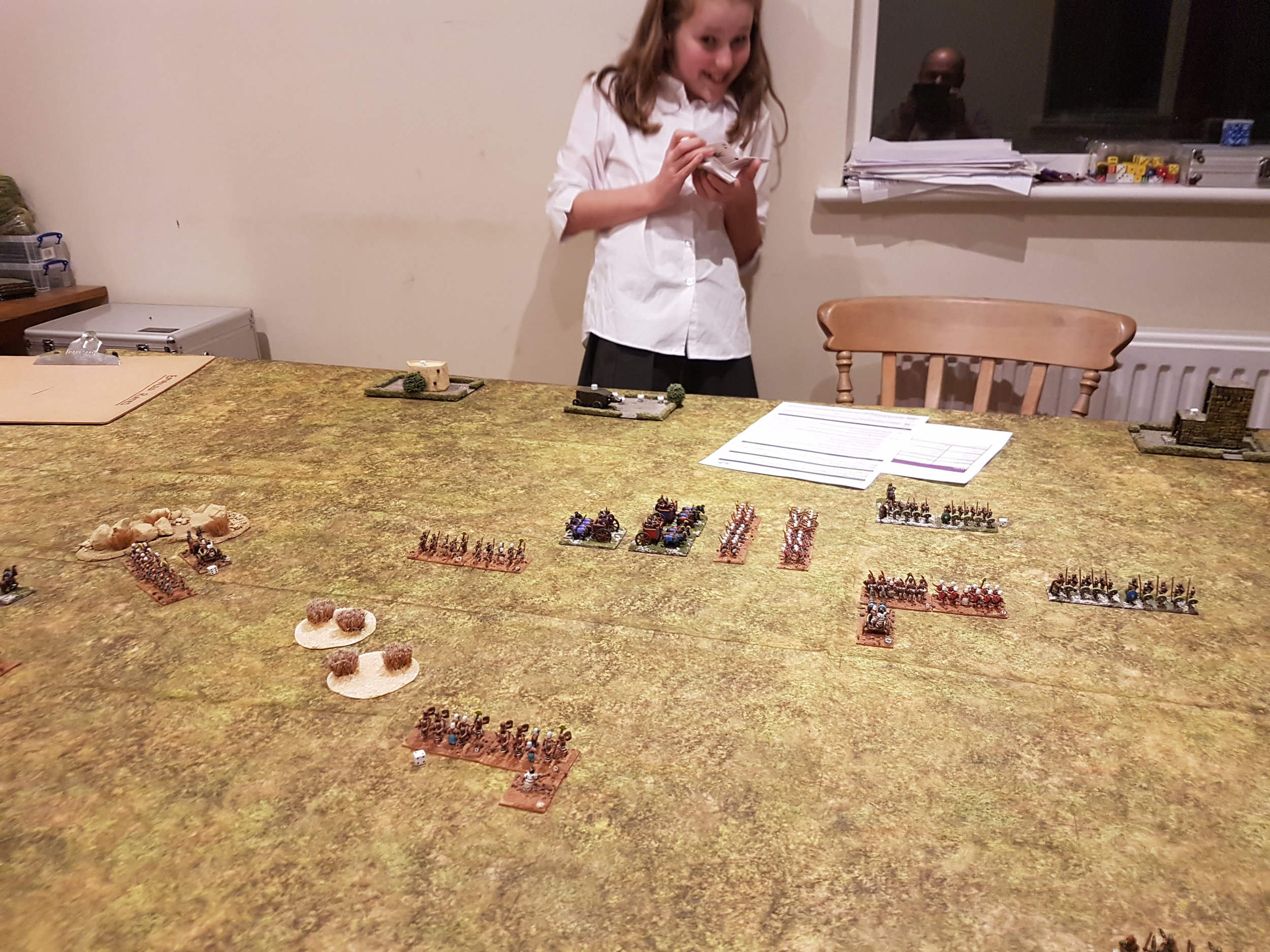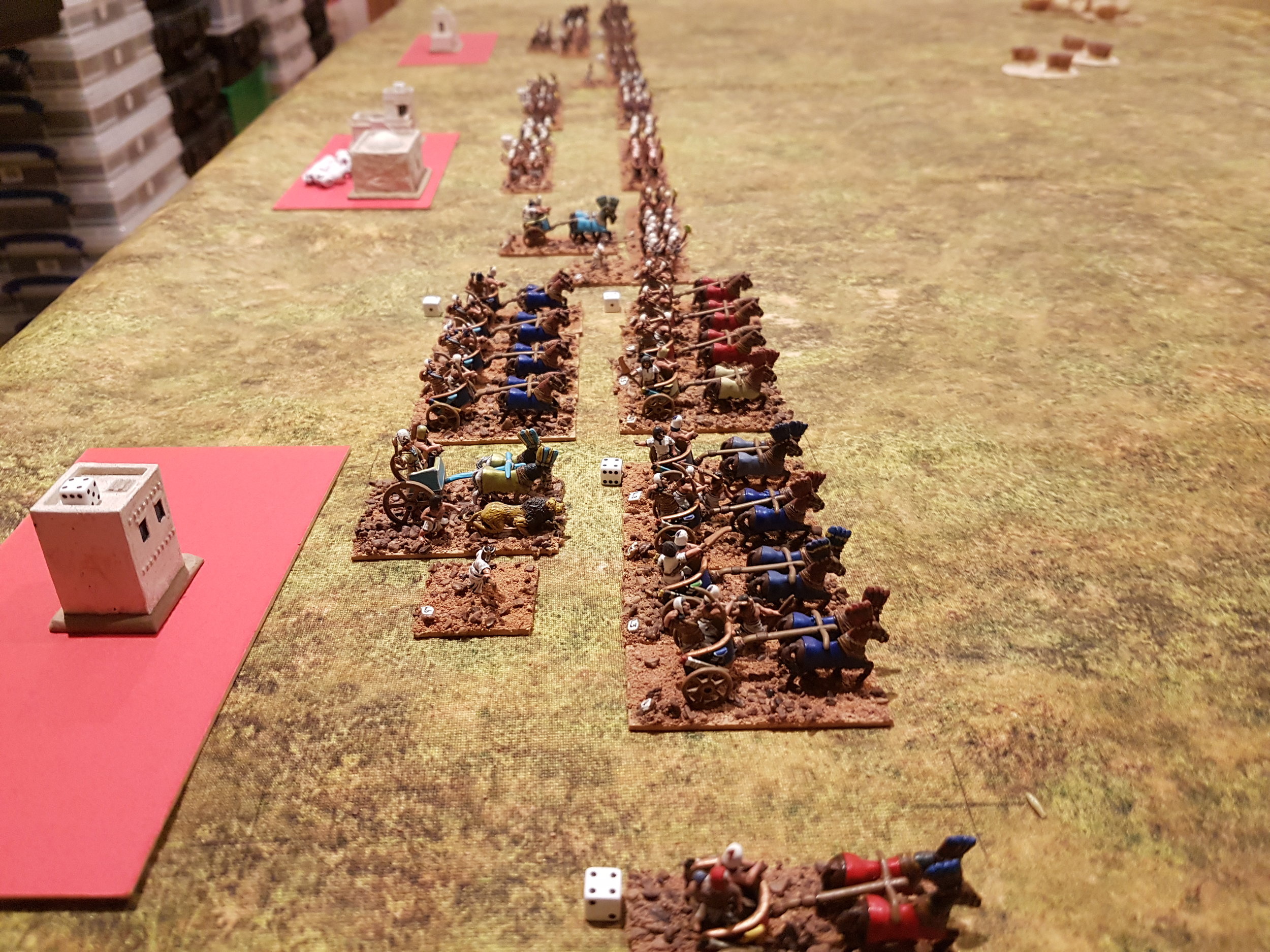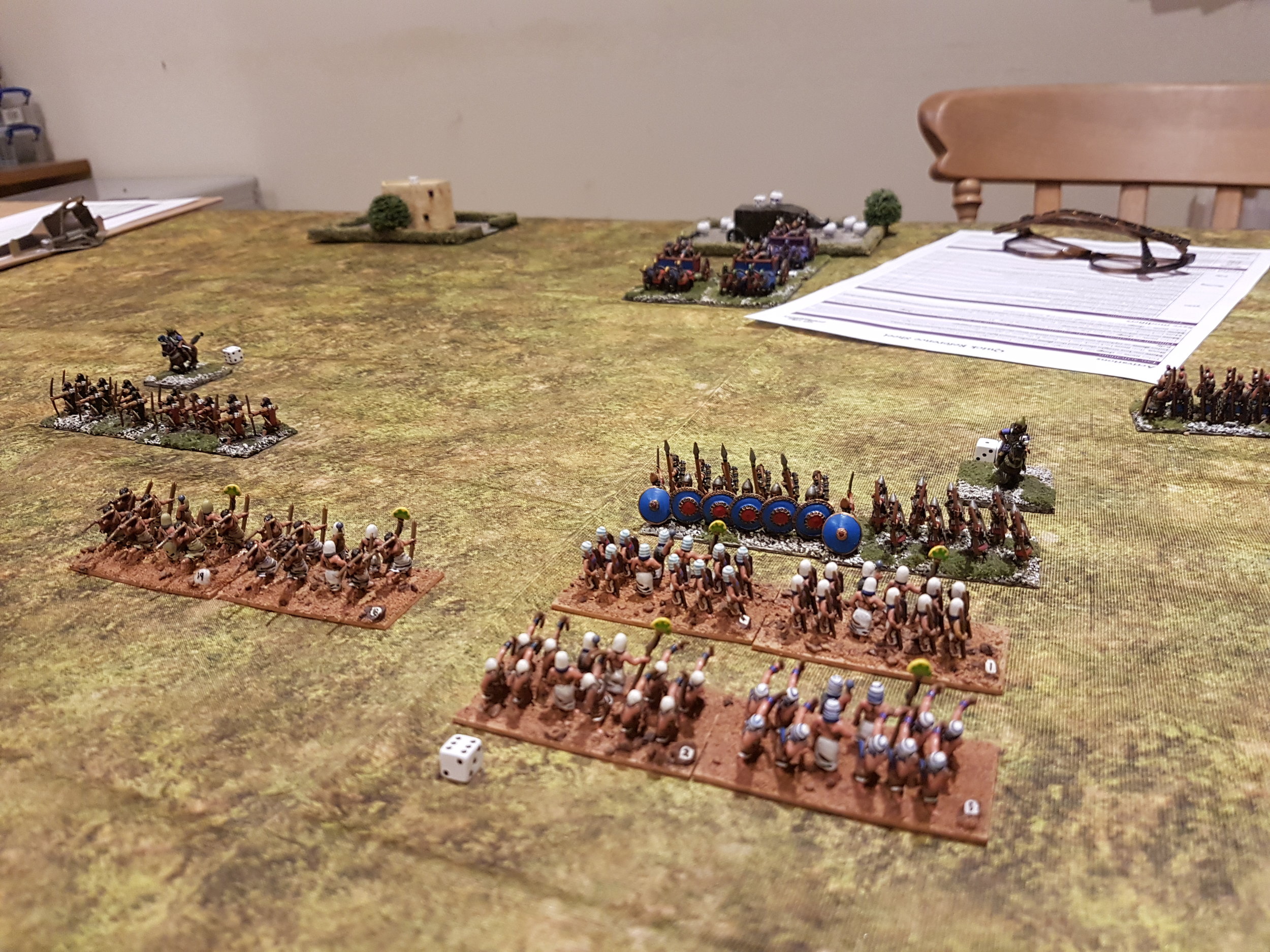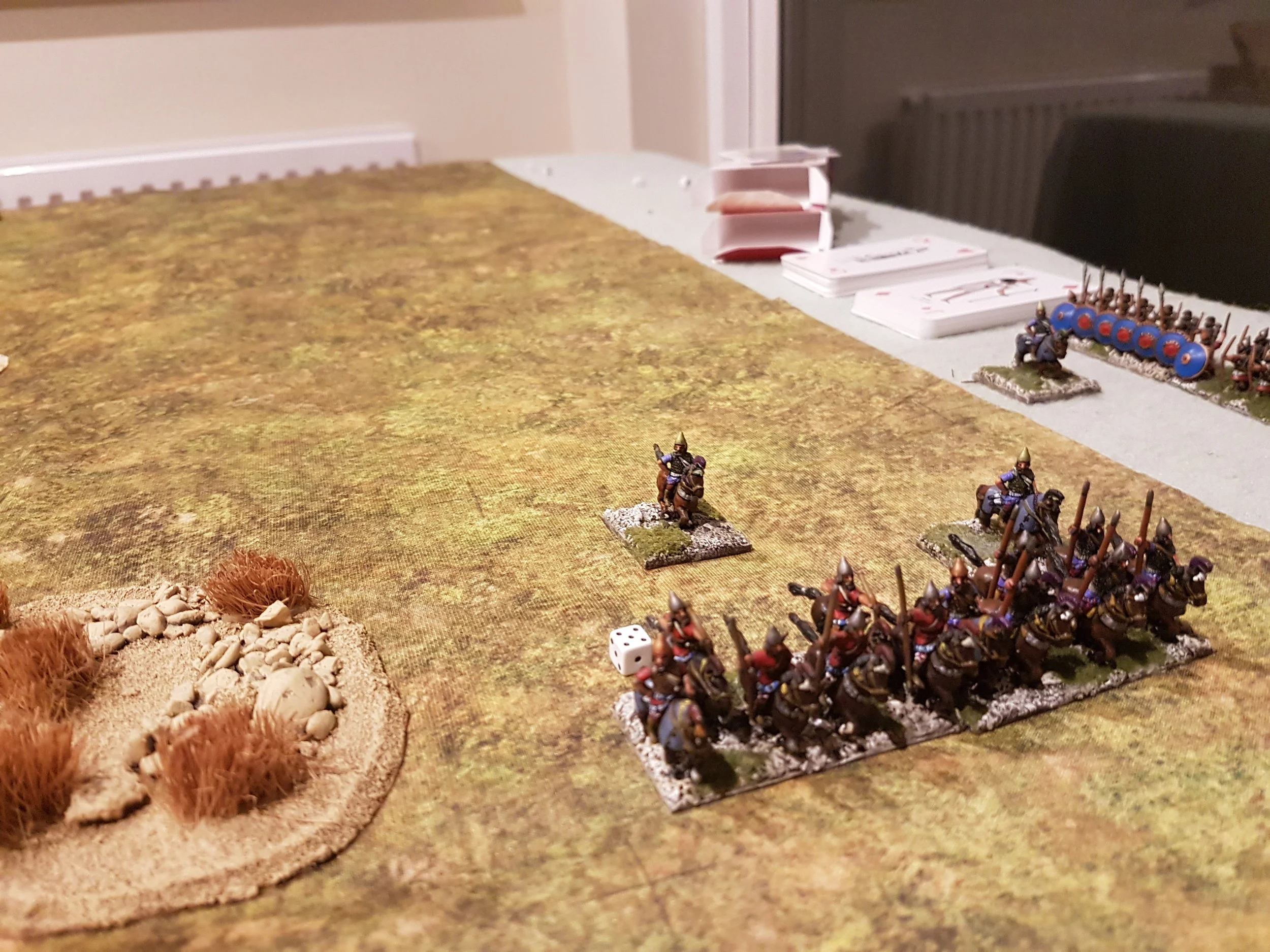TTS AAR: Crusades Game 1: Venice Abroad vs Mameluke Egyptians
/Earlier this month I travelled to Weston Super Mere for the Crusades event at the Games Bunker there: a tournament where only armies that could conceivably have fought in the Crusades could take part.
My Later Italian Condotteri Venetians therefore packed their suitcases and became a Venice Abroad army: largely the same but with no Later Knights and no Handgunners.
My first game was up against Don’s Mameluke Egyptians. I lost the scouting, so set up in a traditional infantry in the middle, cavalry on the wings formation, and watched vast amounts of enemy cavalry deploy in front of me. Looking at the pictures, I think Don only had one formed and one light infantry unit, with all the rest of his troops being mounted.
As I was fairly certain that my units were stronger than Don’s on a one-to-one basis - knights vs heavy cavalry, spearmen vs mounted - I determined to get stuck in as soon as possible whilst watching out for enemy light cavalry finding their way onto my flanks.
The Mamelukes opened the action, coming forward in what looked like piecemeal fashion, but was actually an attempt to weave their way through weak points in my line. It certainly looked like they had amanged this with a unit of light cavalry sneaking past me on the left, and a unit of heavy cavalry attempting to run over my raw crossbowmen on the right!
On the right flank, somehow the militia crossbowmen survived the charge of the heavy cavalry (they were helped by the spearman unit just to their left), with my Knights coming round the outside to engage two units of veteran heavy cavalry towards the Mameluke side of the table.
Back to the left flank, and the gap was plugged, with my infantry going forward, bouncing backwards slightly, and then being reinforced by Knights. I was determined to push through the opposition here and go on to take the Mameluke camp.
Back to the right again, and the Venetians were slowly but steadily pushing the Mamelukes back.
One unit of elite cavalry had already been broken by the Venetians Knights, and it wouldn’t be long before the other went as well.
There were now two clearly-defined battles taking place: one on the left and one on the right, with a big gap in the centre.
I had just about won the right hand flank, and only needed a little bit more to do the same on the left. Although the spearmen had got themselves in a bit of trouble from flank-charging light infantry, the Knights and Alabardiers had combined and soon the Mamelukes had lost another two units and the game.
So a good start to the Crusades with a 12-3 victory.


















































